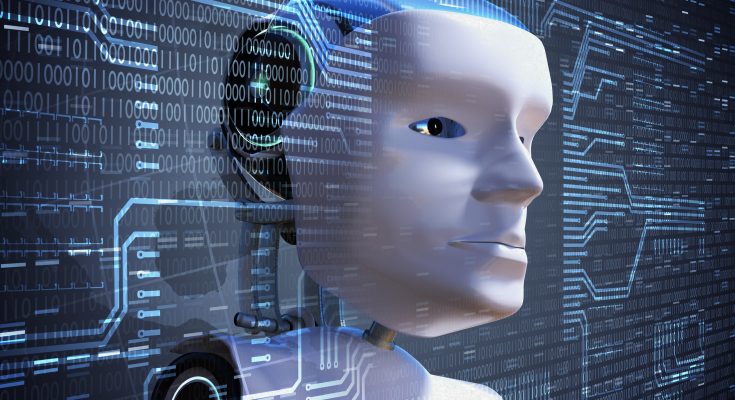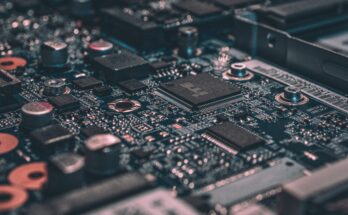Optimizing a machine learning model can be quite challenging as it needs lots of testing and experimentation. But that doesn’t mean that optimization can’t be done for your machine learning models.
It means that there are some tips you can follow to make the optimization process not as stressful and difficult as you are expecting. You can check out this blog for more details:
- Stack Your Models
You can expect better performance in stacking your models because they will be tested properly and thoroughly. Primarily, this method can predict several outcomes using various algorithms, with each of them learning from the features that are present in your data. In the second stage, rather than giving features that new models will learn, you’ll give the model the prediction of other formerly trained models.
When trying to guess a complex target function, using a two-stage method is reasonable. You can assess them by utilizing several models together and then by mixing the outcome of the multiplication. When it comes to your second-phase model, you can either use a complex tree ensemble or a simple logistic regression.
- Study Learning Curves
To improve results, you must identify what is wrong with your machine learning models. Learning curves can be a great help as they will require you to verify against test sets as you adjust the number of training cases. By doing this, you’ll notice right away whether you find the distinction between your in-sample as well as out-of-sample errors. A broad initial difference is an indication of an estimated difference. On the other hand, having mistaken that are similar and high is an indication that you’re working with biased machine learning models.
- Remain Focus And Discipline
While amazing online resources are describing mechanical methods that you can utilize for the optimization of your machine learning models, as a data scientist it’s very important that you think significantly about the problems you’re trying to solve.
When optimizing machine learning models, aligning underlying theories, assessing the data, and evaluating outcomes is crucial. Going back to the basics might not be as exhilarating as starting new research, but maintaining focus and discipline is crucial if you want to achieve your goals. Keep in mind that whatever you put in your mind, you’ll be able to achieve it. Having said that, go out and then get the results.
- Consider Averaging Your Models
Keep in mind that machine learning usually involves creating models, such as predictions, all with expected mistake performances. It might surprise you to find out that you will be able to obtain better outcomes by averaging the machine learning models at the same time. The good thing is that the principles are simple.
The estimate variation is random. With that in mind, by averaging various models, you’ll be able to enhance the signal and prevent the noise that usually cancels itself.
At times, the outcome from algorithms that perform well combined with the outcome from simpler algorithms that don’t work well can make a better prediction compared to using single algorithms.
Remember, do not underestimate the contributions coming from a simpler model like a linear model when averaging their outcomes with the output from a more sophisticated gradient boosting.
- Use Feature Engineering
If you think that biases are affecting your machine learning models, you should make new features that’ll surely improve the performance of your model. All new features will allow you to guess the target response easier.
Creation of features automatically is possible with polynomial expansion or support vector machines class of a machine learning algorithm. A support vector machine can look for a better feature automatically, particularly in higher dimensional feature space in a manner that’s memory optimal and fast.
But it’s worth mentioning that nothing can replace your understanding and expertise of the needed method to solve data problems that algorithms try to learn. Meaning, you can make new features based on your ideas and knowledge of how a certain thing works in the world. After all, people are unbeatable in doing such things, and the machine can’t replace them easily.
Conclusion
When building machine learning models, you must optimize them for better results. Optimizing can be refined by addressing the shortcomings of current models methodically. There are many things you can do when it comes to the optimization of your machine learning model. Hopefully, the above-mentioned tips will help you in improving your model.




